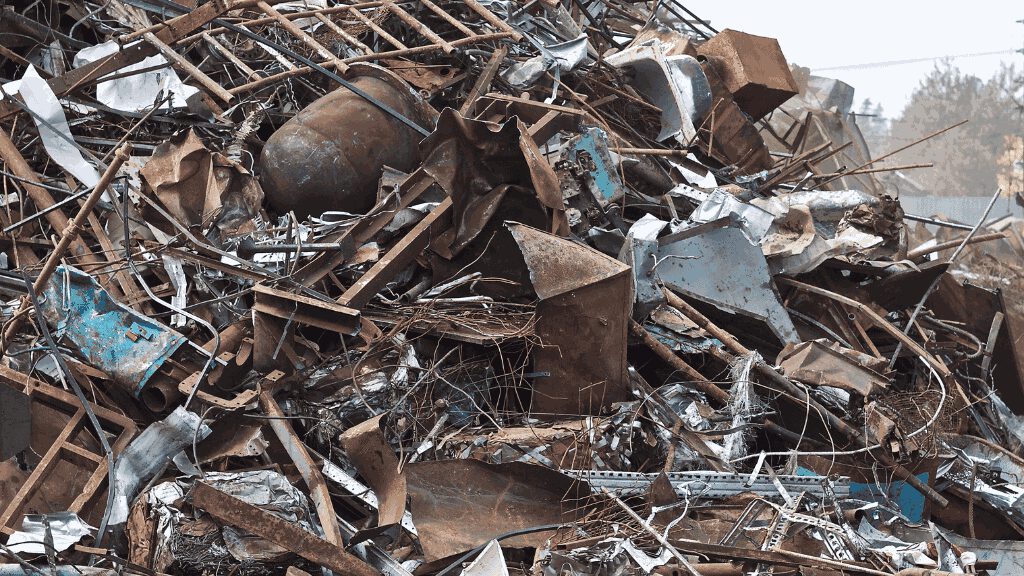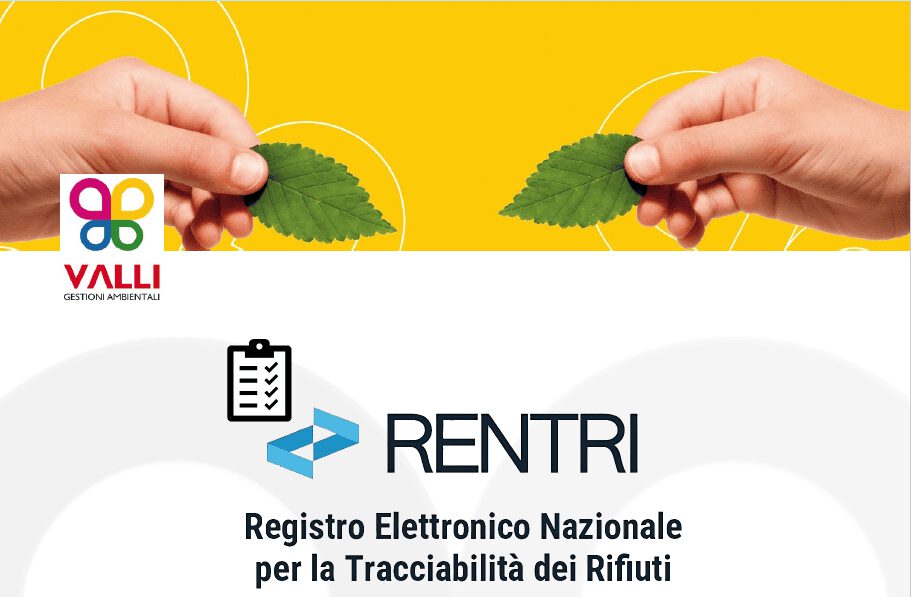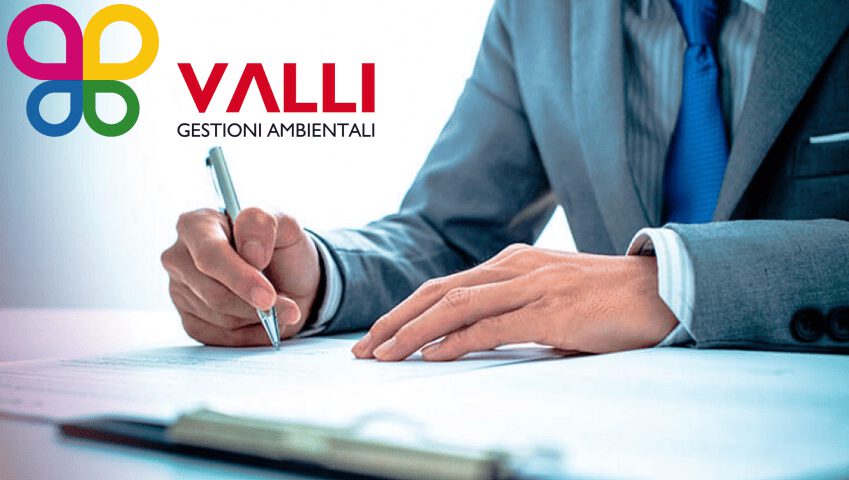The transport and disposal of ferrous scrap is a crucial component of metal waste management, and disposing of it correctly is not always easy.
This article gives you a detailed overview of current regulations, procedures, and innovations in the industry.
Overview of ferrous scrap transport: procedures and regulations
The transport of ferrous scrap is regulated by specific regulations both at European and Italian level. The main directives include theDirective 2008/98/EC, implemented in Italy with theLegislative Decree 152/2006, which establishes the criteria for the End of Waste status. These regulations ensure that recovered materials meet certain technical and environmental requirements before being reintroduced into the market.
The procedure for transporting ferrous scrap involves several phases. Initially, scrap is collected from demolition sites, production plants, and other sources.
Subsequently, these are transported to treatment plants where they undergo various separation and recycling processes.
Transport must be carried out using suitable vehicles that comply with regulations to ensure safety and environmental compliance.
Metal recovery
The recovery of metals from ferrous waste is a crucial aspect in the sustainable management of resources. This process not only reduces the environmental impact of extracting new raw materials, but also offers significant economic benefits.
Ferrous waste, which includes scrap iron and steel from different sources such as discarded vehicles, household appliances and industrial waste, is collected, separated and subjected to specific treatments.
Through advanced techniques such as magnetic separation, crushing and melting, these materials are transformed into new metal resources, ready to be reintroduced into the production cycle.
This circular approach not only conserves valuable natural resources, but also reduces the greenhouse gas emissions associated with the production of virgin metals.
Current regulations on the transport of ferrous scrap
The regulations in force require that companies involved in the transport of ferrous scrap be registered in the National Register of Environmental Managers, in category 4-bis for non-hazardous waste.
Regulatory simplifications, such as those described by Assolombarda, facilitate collection and transport operations for operators in the sector, reducing bureaucracy and promoting sustainability.
A crucial aspect of the regulations is the traceability of waste. Each shipment of scrap must be accompanied by an identification form containing all relevant information, including the quantity, type of waste, origin and destination.
This allows authorities to monitor the waste flow and prevent illegal or non-compliant activities.
Innovations and trends in ferrous scrap transport
Technological innovations are transforming the ferrous scrap transport sector. Advanced waste tracking and management technologies, along with smart logistics solutions, improve operational efficiency and reduce environmental impact.
In addition, new treatment and recycling methodologies are emerging, allowing for more efficient recovery of materials.
For example, the adoption of GPS and RFID (Radio Frequency Identification) systems allows real-time traceability of scrap loads. This not only improves transport safety, but also allows for more efficient fleet management and reduced operating costs.
Disposal of ferrous scrap
The disposal of ferrous scrap takes place through various treatment processes that aim to recover metal materials for their reuse in the production cycle.
The main steps include:
- Collection and sorting: Scrap is collected and sorted to separate ferrous materials from non-ferrous materials and other types of waste. This process can be done manually or by specialized machinery.
- Crushing: Ferrous scrap is crushed to reduce its size and facilitate its subsequent treatment. This is done through the use of crushers and shredders.
- Magnetic separation: Once crushed, the scrap undergoes magnetic separation to remove any impurities and separate the ferrous metals from the non-ferrous metals.
- Hermic treatment: Scrap can be subjected to heat treatments to eliminate contaminants and improve the quality of the recovered metal.
- Melting: The clean metal is then melted in high-temperature furnaces to produce ingots or other forms useful for industrial production.
- Cooling and Forming: Finally, the molten metal is cooled and formed into finished products, ready to be reused in the production cycle.
European and Italian regulations for the disposal of ferrous scrap
European regulations, such as the aforementioned Directive 2008/98/EC, and Italian regulations, including Legislative Decree 152/2006, are essential to ensure that the disposal of ferrous scrap takes place in a safe and sustainable manner.
These regulations set out the criteria for waste recovery and end-of-waste status, ensuring that recovered materials can be used without risk to the environment or human health.
Innovations in the field of ferrous scrap disposal are revolutionizing the sector. Advanced technologies such as pyrolysis and gasification allow waste to be treated more efficiently, reducing CO2 emissions and improving material recovery.
In addition, the use of robots and artificial intelligence for sorting and separating scrap is increasing the efficiency and accuracy of treatment processes.
Pyrolysis, for example, is a thermochemical decomposition technique that takes place in the absence of oxygen, transforming the organic materials present in the scrap into gas, oil and coal. This process not only reduces the volume of waste, but also produces energy and recoverable materials.
In Italy, the Ministry of the Environment plays a key role in regulating the sector, issuing decrees and guidelines to ensure that disposal practices comply with European and national regulations.
Companies must periodically submit detailed reports on their waste management activities, including data on the transport, treatment and recovery of ferrous scrap.
Legislative and environmental risks of non-disposal or incorrect disposal of ferrous scrap
The failure or incorrect disposal of ferrous scrap involves serious risks both at a legislative and environmental level.
From a legislative point of view, companies that do not comply with current regulations risk severe administrative and criminal sanctions. Italian and European legislation provides for significant fines, suspension of activities and, in extreme cases, the revocation of authorizations for the treatment and transport of waste.
Violations may include failure to register in the National Register of Environmental Managers, absence of waste identification forms, unauthorized transport and failure to comply with traceability procedures.
From an environmental perspective, failure to dispose of ferrous scrap properly can cause soil and water contamination, resulting in damage to ecosystems and public health.
Heavy metals and other toxic substances in scrap can seep into the soil and groundwater, causing pollution and putting flora, fauna and water resources at risk. In addition, the uncontrolled release of dust and fumes during unauthorized scrap treatment can contribute to air pollution, exacerbating respiratory health problems for local communities.
In summary, compliance with regulations and the adoption of correct disposal practices not only protect companies from legal risks, but are essential to protect the environment and public health.
How to proceed with transport and storage
To ensure safe and efficient transportation and storage of ferrous scrap, it is essential to follow regulatory guidelines and adopt best practices. Companies must ensure that scrap is properly classified and documented, using suitable means of transport that comply with regulations. In addition, they must implement quality management systems to continuously monitor and improve their transportation and storage processes.
Implementing quality management systems, such as ISO 9001 and ISO 14001 certifications, is crucial to ensure that waste management practices are aligned with international standards.
These systems help companies monitor their operations, identify areas for improvement, and implement innovative solutions to optimize processes.
Conclusion
The ferrous scrap transport and disposal sector is constantly evolving, thanks to strict regulations and technological innovations. Companies operating in this sector must always be up-to-date on the latest trends and adopt best practices to ensure safe, efficient and sustainable operations.
European and Italian regulations provide a solid framework to ensure that all stages of the process, from transport to disposal, are conducted in accordance with environmental and safety standards.
Innovations in traceability, thermal treatment and waste management are redefining the way ferrous scrap is managed, offering new opportunities for material recovery and reducing environmental impact.
The recovery of metals is a fundamental process for sustainable resource management. Valli Gestioni Ambientali stands out in this sector, offering a complete service that embraces the entire life cycle of metal waste. The company deals with the collection, transport, and storage of ferrous and non-ferrous metal scrap, managing a wide range of materials, from scraps to turning.
Through advanced sorting processes , Valli Gestioni Ambientali effectively separates the different types of metals, maximizing the potential for reuse.
The volumetric adjustment makes it possible to optimize space and transport efficiency, while cutting-edge recovery techniques transform this waste into new metal resources ready to re-enter the production cycle.
This circular approach not only helps conserve natural resources, but also significantly reduces the greenhouse gas emissions associated with the production of virgin metals. By relying on Valli Gestioni Ambientali, companies can reduce their environmental impact and at the same time benefit from tangible economic benefits.
Do you want to make a difference for the environment and for your company? Contact us today to book a pickup. Together, we can turn your waste into valuable resources for a more sustainable future.




